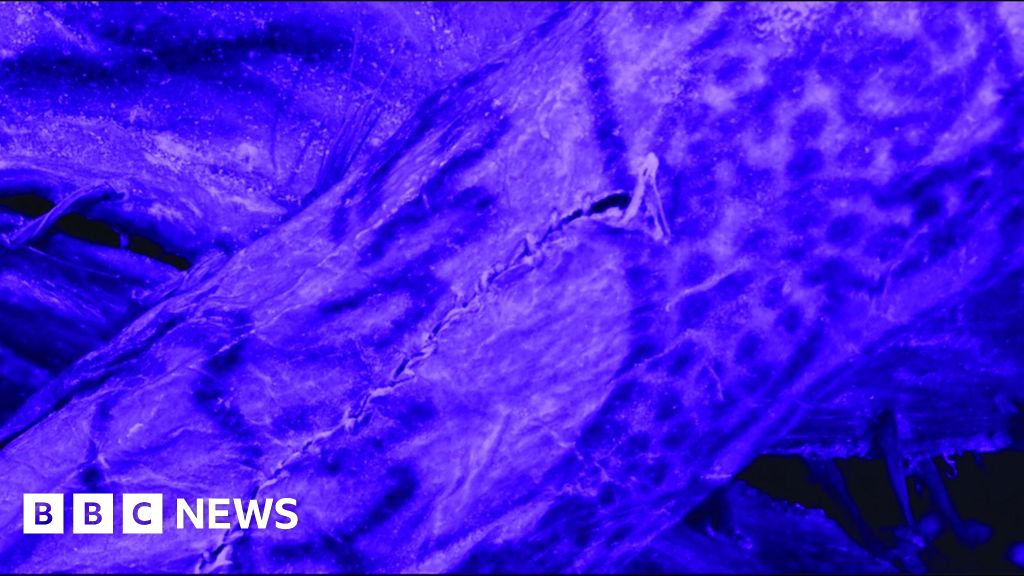Researchers have utilized high-resolution imaging to reveal intricate tattoos on Siberian "ice mummies" dating back 2,500 years. The tattoos, depicting leopards, stags, and mythical creatures, offer insights into ancient warrior culture and the sophistication of tattooing practices. A notable tattooed woman, from the Pasilic nomadic people of the Altai Mountains, exhibited complex designs that modern tattooists struggle to replicate.
The findings stem from high-resolution scans conducted by Russian experts at the Hermitage Museum, allowing for detailed examination of tattoos previously unseen. The tattoos on her arms illustrate a mix of wildlife, suggesting a narrative style typical of her culture.
Analyses indicate that different techniques may have been used on each arm, hinting at the involvement of multiple tattoo artists. The study proposes that the tattoos were likely applied using a stenciling method with a single-point needle, using pigments from natural materials.
While the tattoos carried significant meanings during life, they appear to have played a minimal role in the afterlife. This research sheds light on ancient cultural practices and the skill involved in early tattoo artistry, highlighting its relevance today. The findings have been published in the Ancient Journal.


